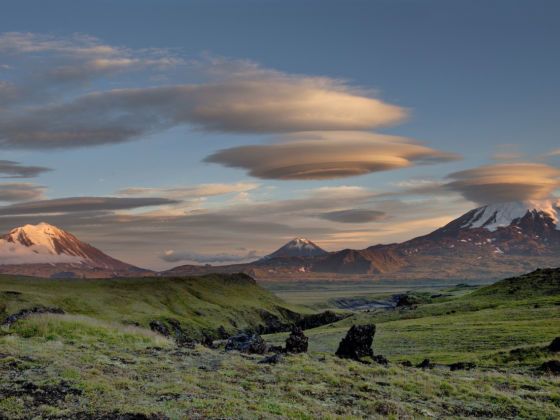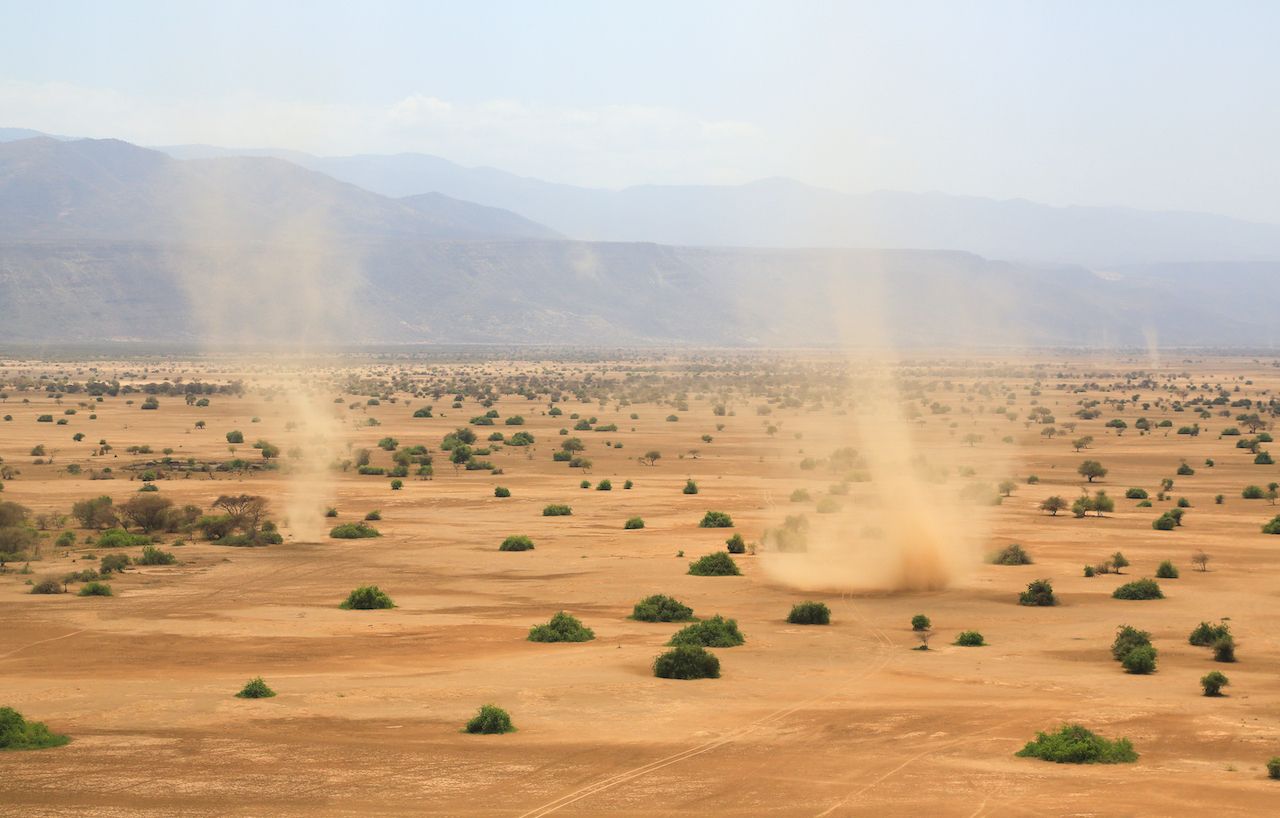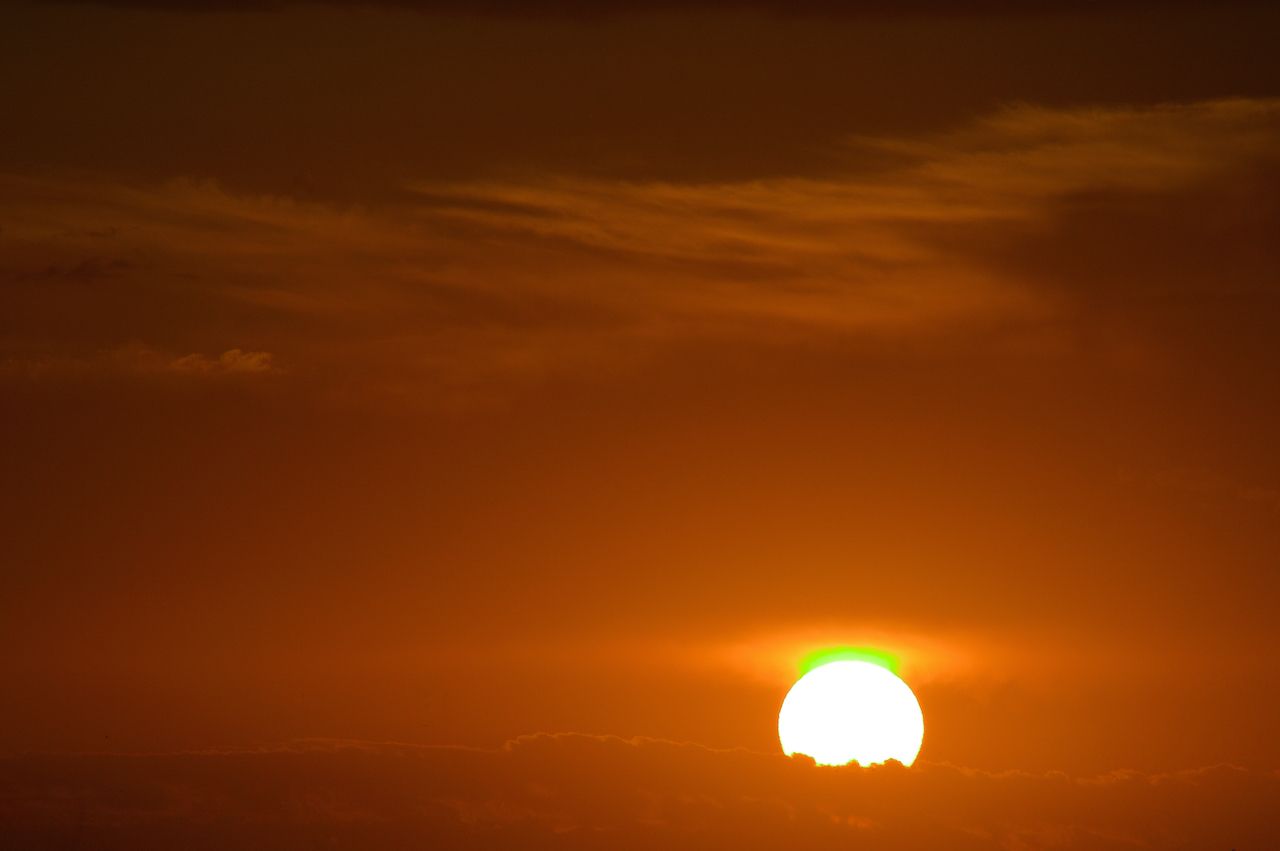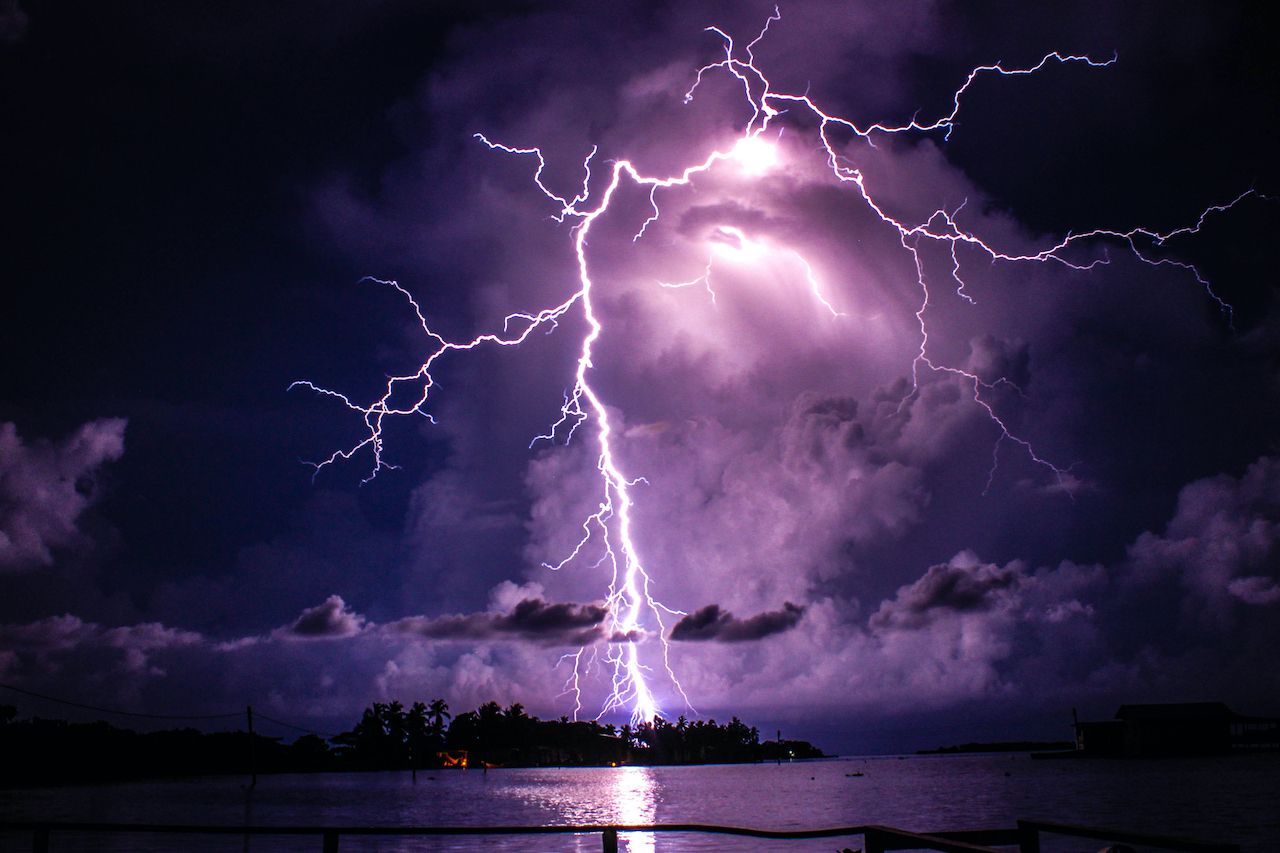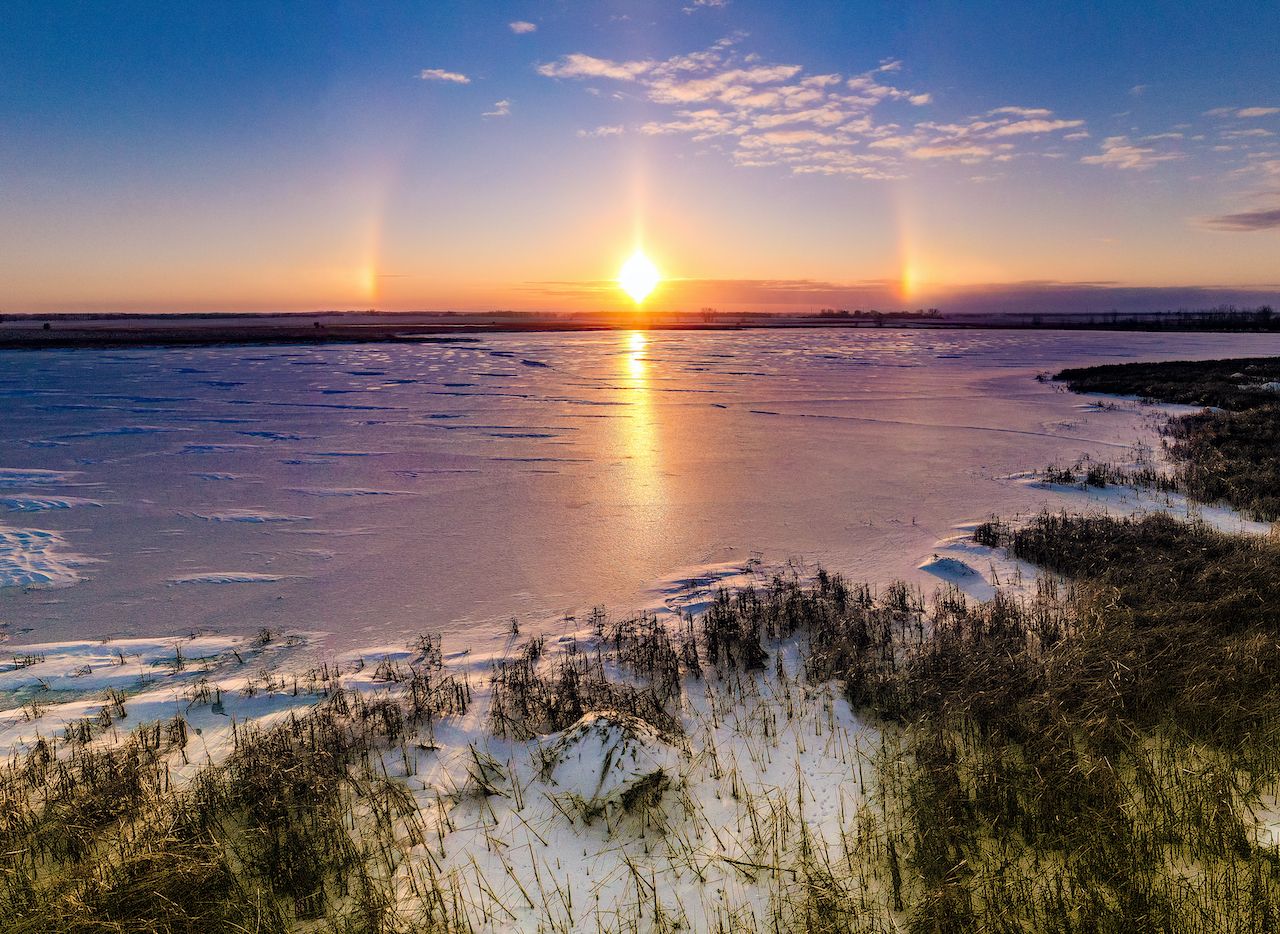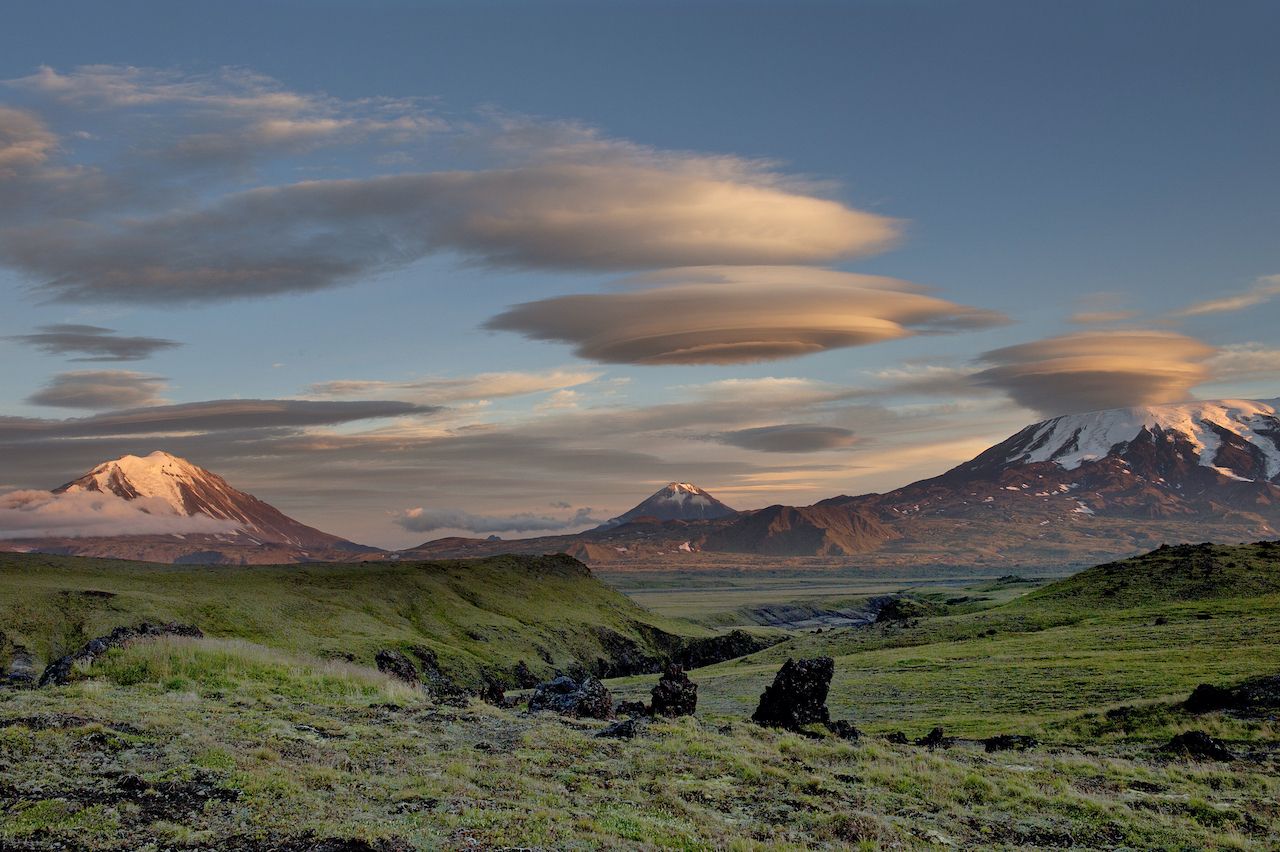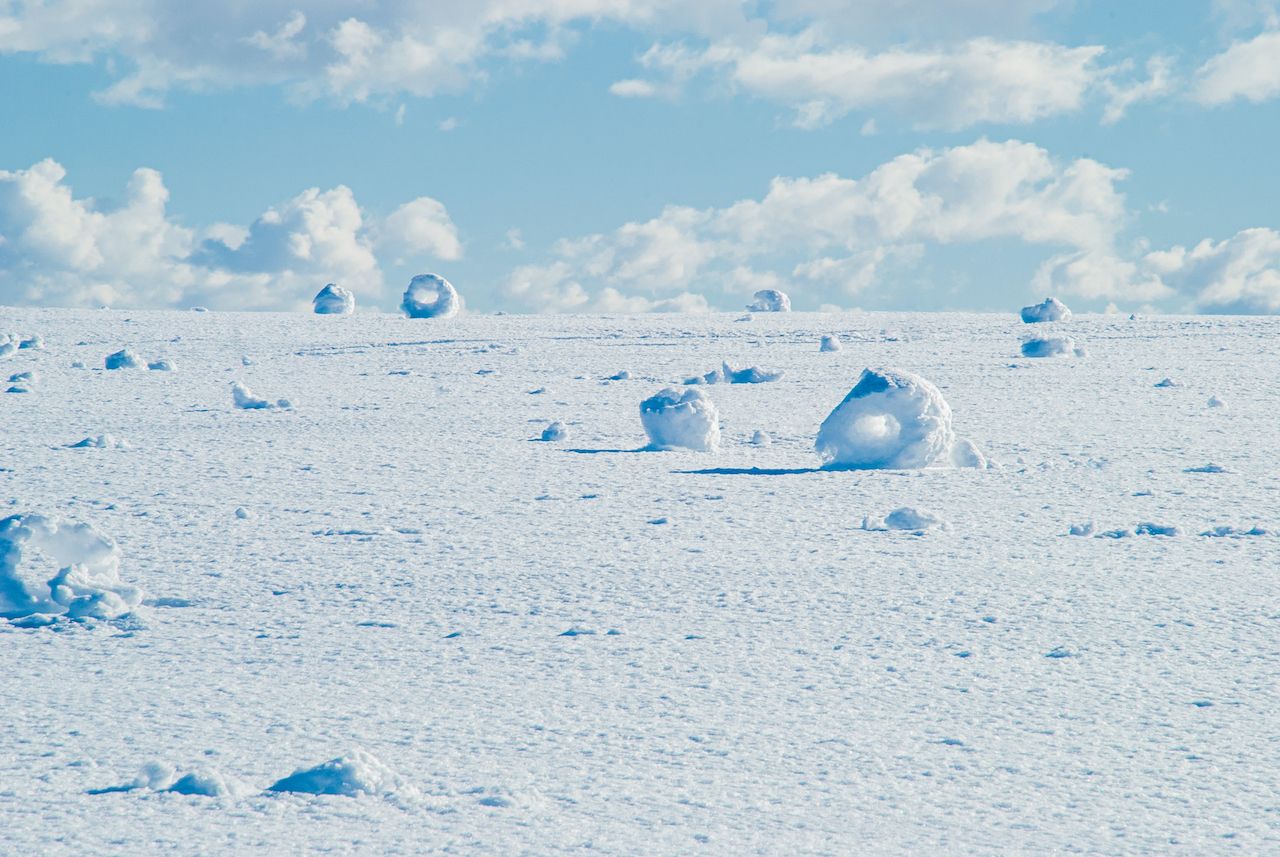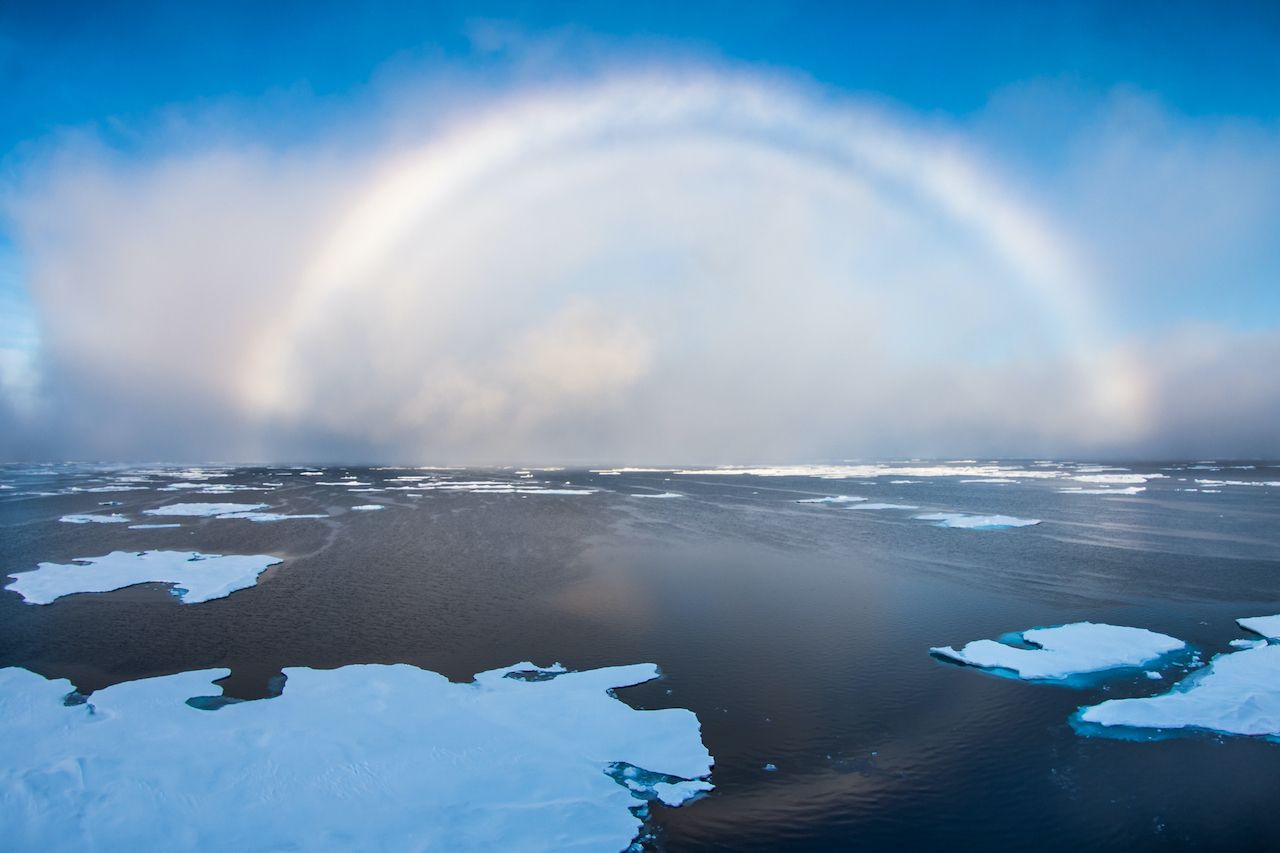Our planet is an ever-changing place. Over time, entire ecological zones evaporate, continents move, oceans disappear, mountains erode. On the day-to-day, it seems like we can’t see these processes at work — but in a way, we can, by watching the weather do its thing.
Beyond rain, snow, hail, and wind, Earth is up to some pretty incredible — and some incredibly bizarre — work. Take a look, and then go find these wild phenomenons for yourself.
